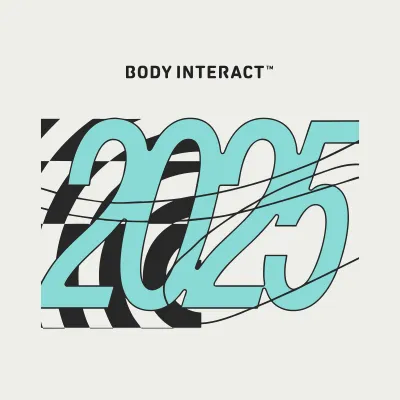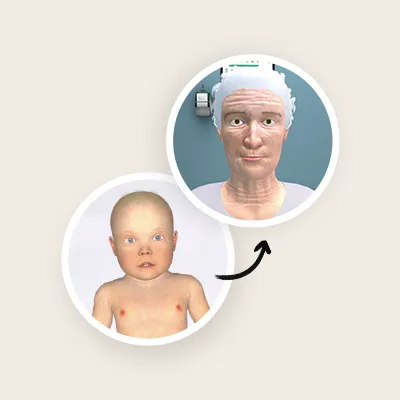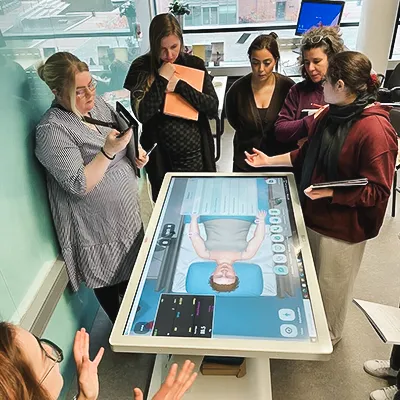In early 2000 Jakob Lederman was introduced to Emergency Medicine while performing his Swedish military service and is now a Swedish specialist nurse in Prehospital Care for 10 years.
Now while he still works as a specialist nurse, Jakob is also completing a PhD in the area of patient safety and patient assessment and teaches part time at the Mälardalen University, in Sweden.
He and his colleague, Anders Widmark who is a specialist intensive care and anaesthetic care nurse, deliver to students who are already registered nurses, digital-based specialist programs within the areas of Emergency Medicine and Home-Care.
Both these programs focus on the development of the students clinical reasoning and decision-making skills. Since these programs are fully online, the university is able to offer their students great flexibility on when, where and how they study. As a result, students can learn remotely online rather than having to travel to Mälardalen University to attend classes.
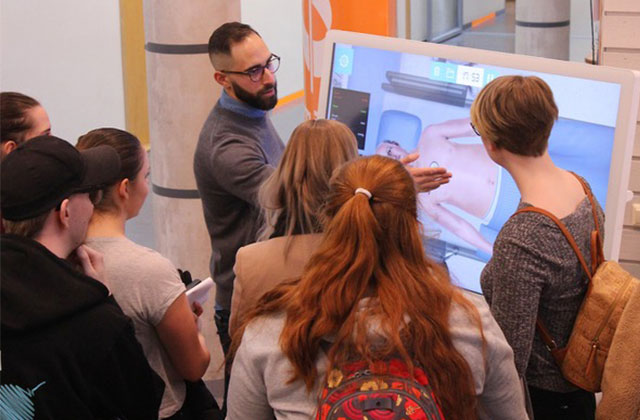
Photo copyrights: Mälardalen University Sweden
“There is always more to learn and virtual patient simulation can really pinpoint this”
At the beginning of the COVID-19 pandemic, Jakob and Anders were immediately invited by Mälardalen University, to develop a digital COVID-19 virtual patient simulation course. Within 4 days, they were delivering an online course over 2 days, to educate registered nurses to become assistant intensive care nurses.
By connecting theoretical activities with Body Interact’s clinical scenarios, these registered nurses were able to gain unique training to prepare for the evaluation and treatment of a patient suspected of being infected with COVID-19.
This 2-day course was used to train more than 70 nurses over a 4-week period. Jakob states:
“Body Interact is being used to save lives.
By delivering this course using Body Interact and a COVID19 virtual patients scenarios,
has been an essential part of the massive reorganization of the in-hospital care in Stockholm, Sweden.
Our course was a must when increasing the number of intensive care unit beds and
trained staff to manage the increase of patients.”
Jakob went on to advise that the nurses were noticeably upset when their case management was incorrect during the virtual patient simulation. Usually in full-scale simulation the scenario never ends up bad or – in other words, the patient never dies.
“They don’t see it as a game on a computer”, said Jakob, “they think back on a patient they’ve cared for before”. They place themselves inside the simulation and once they’re working in the intensive care unit, they use the same clinical reasoning methodology: ABCDE.
“We see progress in their knowledge”
In order to stimulate their students’ clinical reasoning post the simulation, Jakob and his colleagues prepare webinars where together with the students they evaluate the patient situation, reflect upon the decisions that were taken, discuss any incorrect actions and the reasoning behind them.
“Our students are clinicians”, says Jakob. “They don’t want to make these mistakes in real-life” and that is the reason why it is so important to “reflect on them and take the experiential learning from the Body Interact simulation into the clinical environment”.
- Be humble. Towards yourself and the patient.
- Be respectful. No matter the educational degree you have, there is always more to learn.
- Never stop learning.
“Without the flexibility of the Body Interact platform, it would be harder to educate remotely and manage this COVID-19 situation”
“Once this pandemic is over, many universities will realise the benefits of online digital learning”, Jakob believes. With Body Interact, for example, the clinical scenario content of the simulations is standardised for all users.
Ensuring that all students are able to manage and make decisions with the same virtual patients, is one of the greatest benefits when delivering online distance learning. Even though different variables might exist they’re able to think critically and make safe decisions for them and the patient when the time comes.
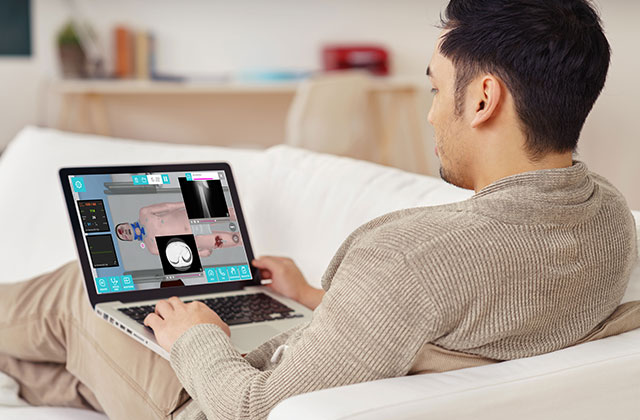
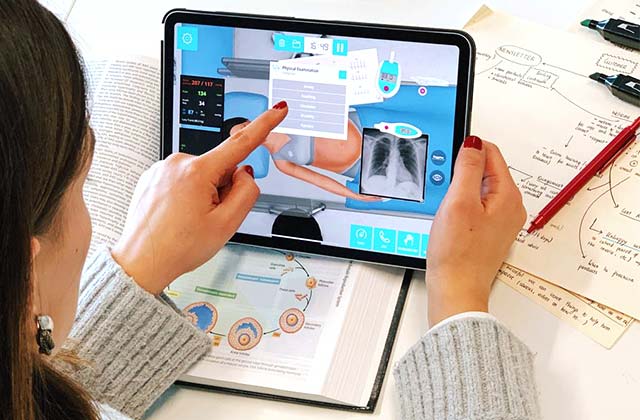
Given this current experience, Jakob has reflected on how universities and academic staff need to be prepared both now and in the future:
- Don’t take for granted that universities can deliver face-to-face classes. Work with the digital tools the university offers and study those available in the market in order to provide students with the most enriching learning experience.
- Be flexible:
- Regarding time and place. It’s important to be there for your students’ questions, thoughts, criticism, etc.
- With your students. They learn at different paces. Provide different ways of learning to reach the same learning objective.
- Think outside the box. Think about what your students need to do in order to learn. Not on what you as a teacher need to do to make them understand.
“A good relationship with your students can be affected when delivering education with distance learning”, Jakob Lederman mentioned. To deepen those relationships, one thing Mälardalen University offers is several weekly online meetings with students from different courses. Even when they don’t have anything to ask or say, “they just pop-in, say hi and then pop-out”.
Interested to know more about out digital learning offer? Contact us or check our website for more information.

